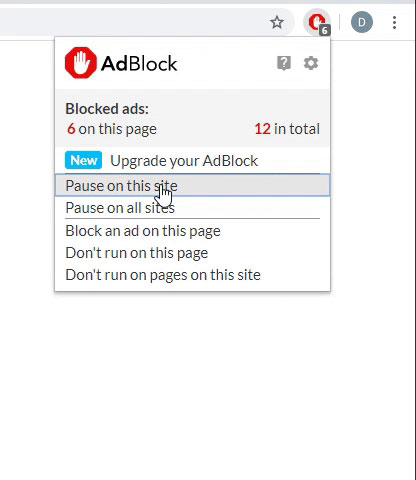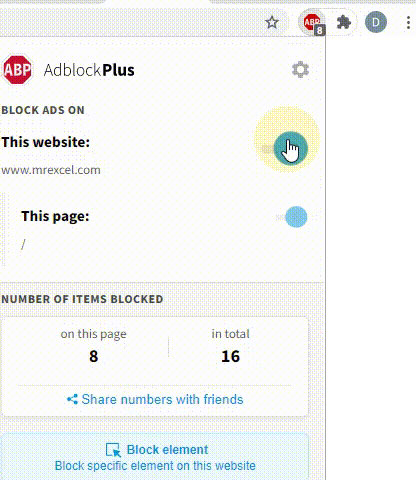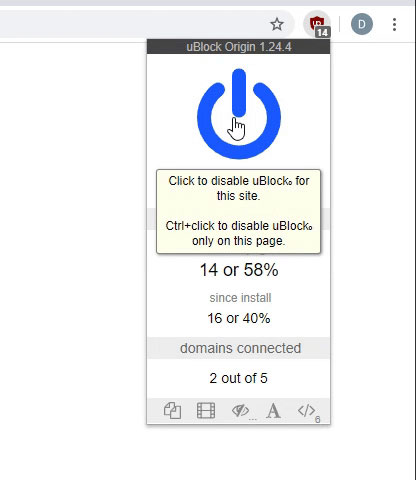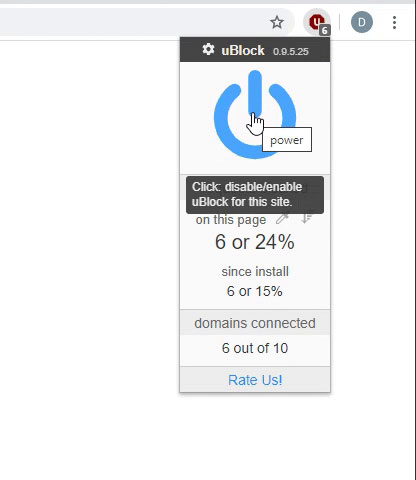Yellowdude
New Member
- Joined
- Mar 4, 2002
- Messages
- 20
Ive got a table and i want excel to automatically go through all the table untill it finds a blank cell and then add an x to the empty cell. Is there a formula that can do this or a macro?
On 2002-03-05 12:42, Yellowdude wrote:
Thats great but is it possible to only put the x in the next blank cell not them all
This message was edited by Yellowdude on 2002-03-05 12:42
On 2002-03-05 13:26, Mark W. wrote:
Row "A" or column "A"?





